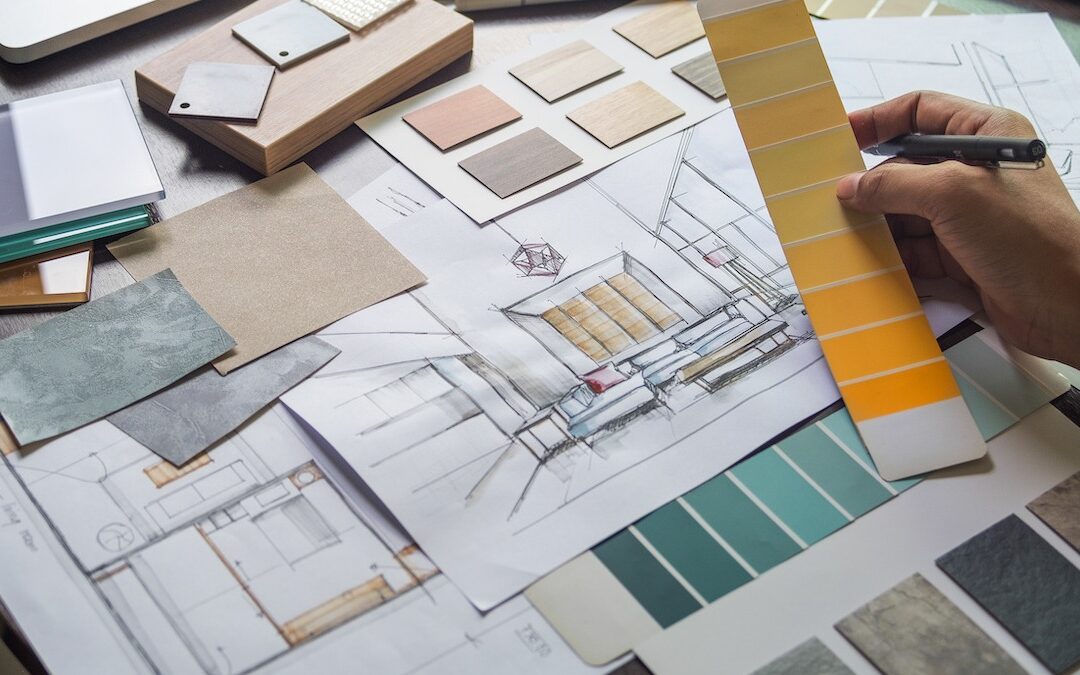Interior design is the art and science of enhancing the interior of a space to create a more aesthetically pleasing and functional environment. Whether you’re revamping your home or embarking on a commercial project, understanding the basics of interior design is crucial for achieving a harmonious and well-balanced space. In this article, we’ll explore key principles and elements that form the foundation of successful interior design.
1. Understanding Space:
The first step in any interior design project is to understand the space you’re working with. Consider the size, shape, and layout of the room, as well as any architectural features that may influence the design. Analyzing the space allows you to make informed decisions about furniture placement, color schemes, and overall flow. Additionally, if you’re dealing with large image files for reference, utilizing an image size reducer can streamline the process by optimizing file sizes without compromising quality.
2. Establishing a Focal Point:
Every well-designed space has a focal point that draws the eye and serves as the center of attention. This could be a fireplace, a piece of art, a statement piece of furniture, or even a stunning view. The focal point anchors the design and helps create a sense of balance in the room.
3. Balancing Elements:
Achieving balance is essential for a visually appealing interior. There are two types of balance: symmetrical and asymmetrical. Symmetrical balance involves arranging elements on either side of a central point, creating a mirror image. Asymmetrical balance, on the other hand, involves distributing visual weight without mirroring, creating a more dynamic and relaxed feel.
4. Color Palette:
The choice of colors significantly impacts the mood and atmosphere of a space. Warm colors like reds and yellows can evoke energy and vibrancy, while cool colors like blues and greens create a calming effect. Neutral colors provide a versatile backdrop and can be complemented with pops of bolder hues for visual interest.
5. Lighting Design:
Lighting is a key element in interior design that often goes overlooked. Natural and artificial lighting can affect the perceived size of a room and influence the overall ambiance. Incorporate a mix of ambient, task, and accent lighting to create a well-lit and inviting space. Consider the function of each area and tailor the lighting accordingly.
6. Furniture Selection:
The choice of furniture is not only about aesthetics but also about functionality. Select pieces that fit the scale of the room and provide comfort and utility. Pay attention to the arrangement of furniture to ensure a smooth flow of traffic and create conversational groupings.
7. Texture and Pattern:
Texture and pattern add depth and visual interest to a design. Whether through textiles, flooring, or accessories, incorporating a variety of textures and patterns can prevent a space from feeling flat and monotonous. Mix and match different materials to create a rich and layered look.
8. Personalization and Individual Style:
Interior design is a reflection of personal taste and style. Injecting elements that resonate with your personality creates a space that feels uniquely yours. Whether through personal mementos, artwork, or custom furnishings, infuse your individuality into the design to make the space truly special.
9. Flow and Circulation:
A well-designed space considers the natural flow of movement within a room. Ensure there are clear pathways and that furniture arrangements facilitate easy navigation. Thoughtful circulation patterns contribute to the overall functionality of the space.
10. Sustainability:
In today’s design landscape, sustainability is a growing consideration. Opt for eco-friendly materials and practices that minimize the environmental impact of your design choices. This not only aligns with ethical design principles but also contributes to a healthier living environment.
In conclusion
Mastering the basics of interior design involves a holistic approach that combines artistic flair with practical considerations. By understanding the principles of space, balance, color, and lighting, and by incorporating personal style and sustainability, you can create interiors that are not only visually stunning but also functional and tailored to your lifestyle. Remember, the essence of great design lies in the seamless integration of these fundamental elements to craft spaces that truly resonate with those who inhabit them.

